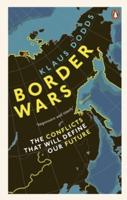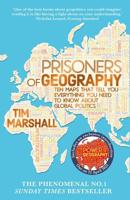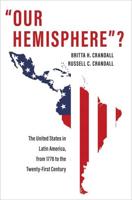Publisher's Synopsis
The North Atlantic Treaty Organization (NATO) has since its foundation in 1949 been the principal body of the Western security order, and remains as important in the 2020s as it was in the 1950s. This Handbook offers the most extensive treatment of the Alliance published in the last two decades, providing detailed coverage of NATO allies, policies, and organizational structures. It brings together internationally renowned scholars who interrogate NATO's actions from historical, theoretical, and empirical perspectives. The Handbook is divided into nine parts. Following an introductory part offering a thematic overview of NATO, framed by different approaches to domestic politics and global order, the second part explores three broad questions - what is NATO for, who is NATO for, and whither NATO? Part Three is more expressly theoretical, providing multi-perspectival analyses of the Alliance. Part Four then turns to how NATO works as a political-military alliance. Parts Five and Six are concerned with what NATO does in practical terms - how it addresses a wide range of security threats and what operations it has mounted in response. Part Seven looks at some of NATO's most significant allies including France, Germany, Italy, Poland, Turkey, the United Kingdom, and the United States. Part Eight, meanwhile, is concerned with partnerships and key relationships beyond NATO's membership - looking at Australia, Georgia, Ukraine, Russia, China, the European Union, and the European neutrals as well as ties to states in the Gulf, the Middle East, and North Africa. The final part of the volume offers reflections on NATO's recent past and possible lines of future development.











